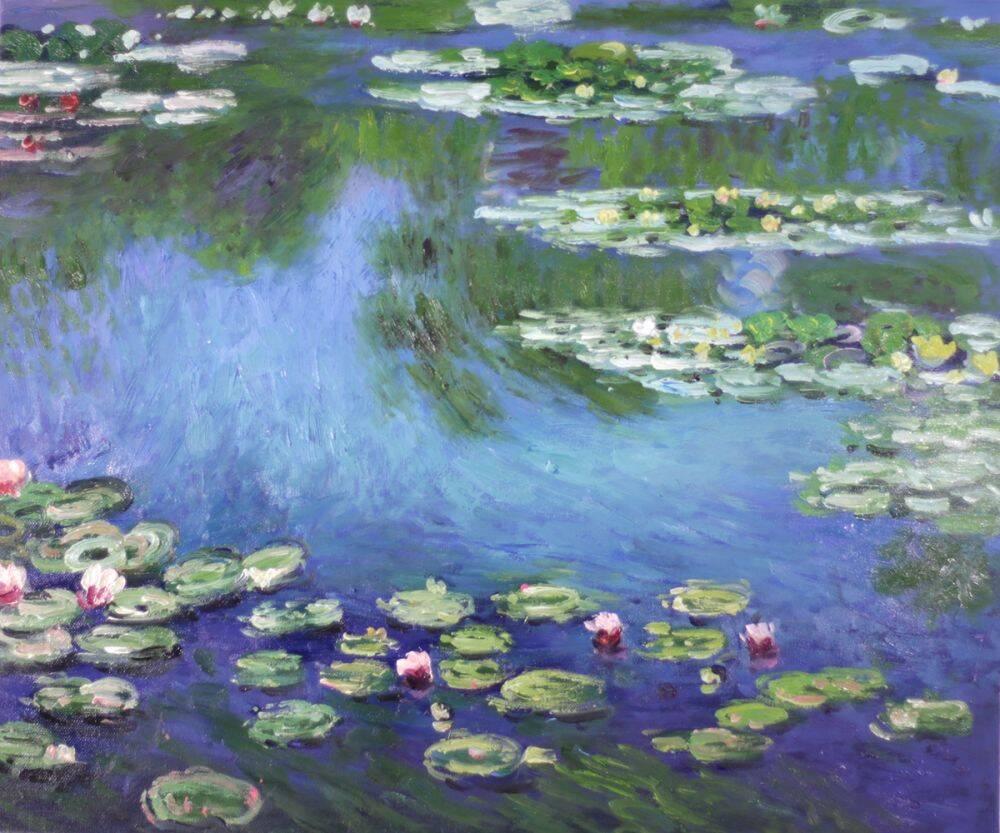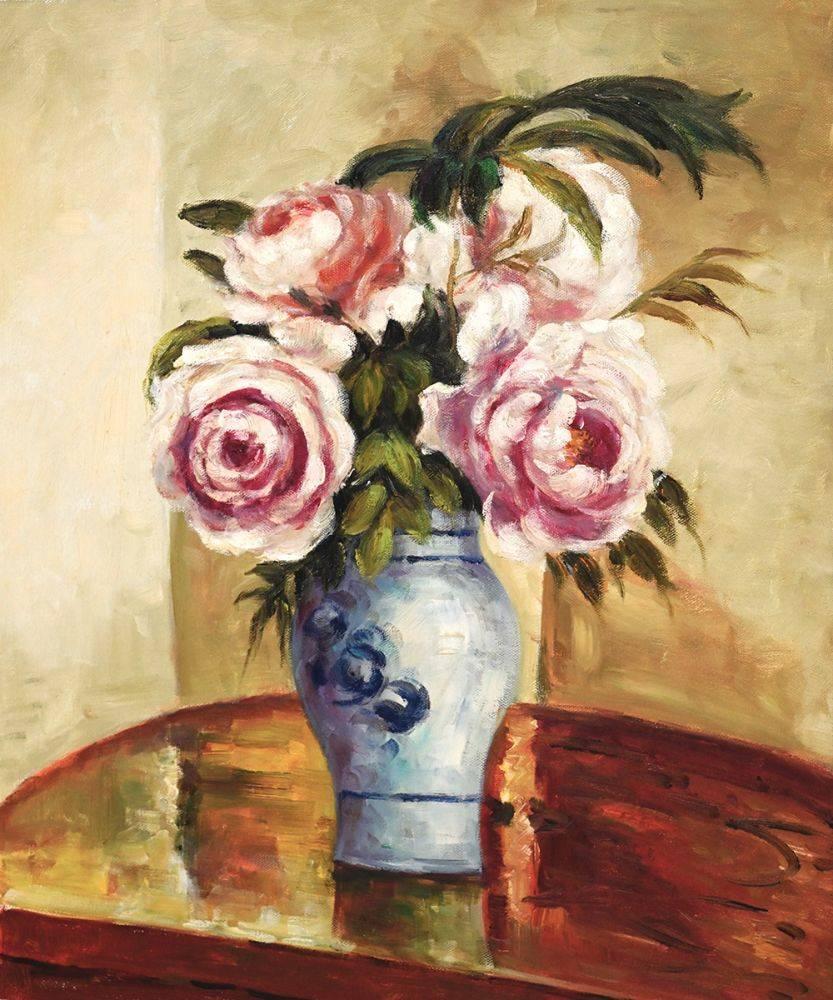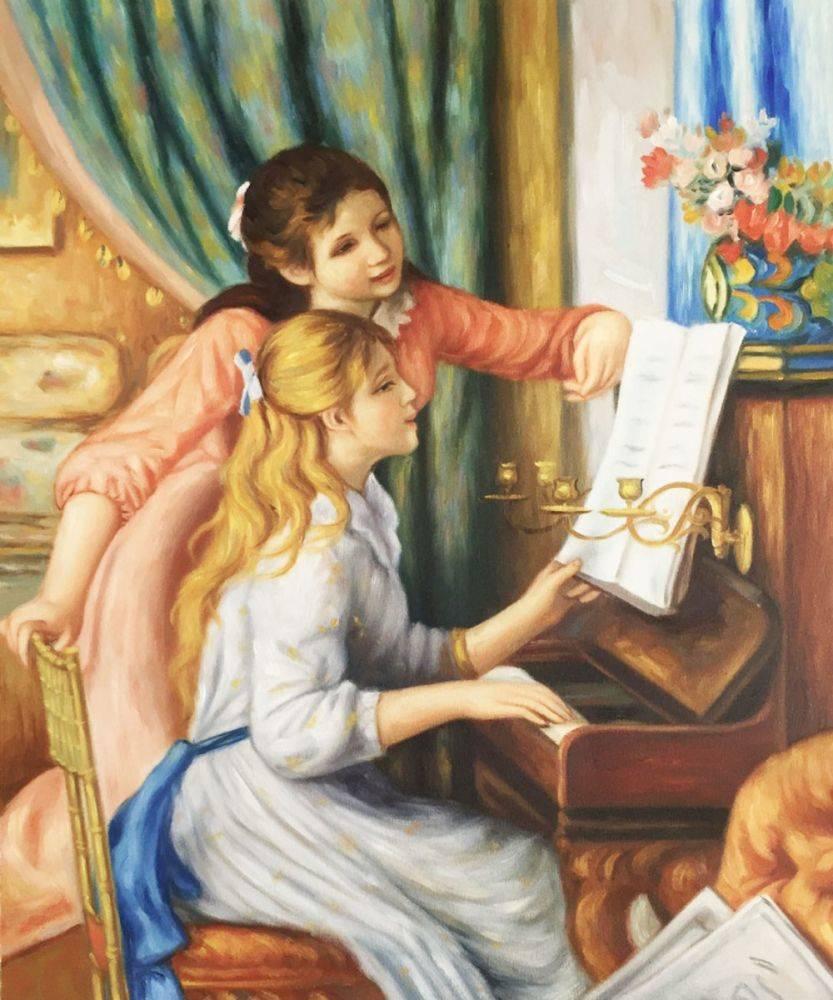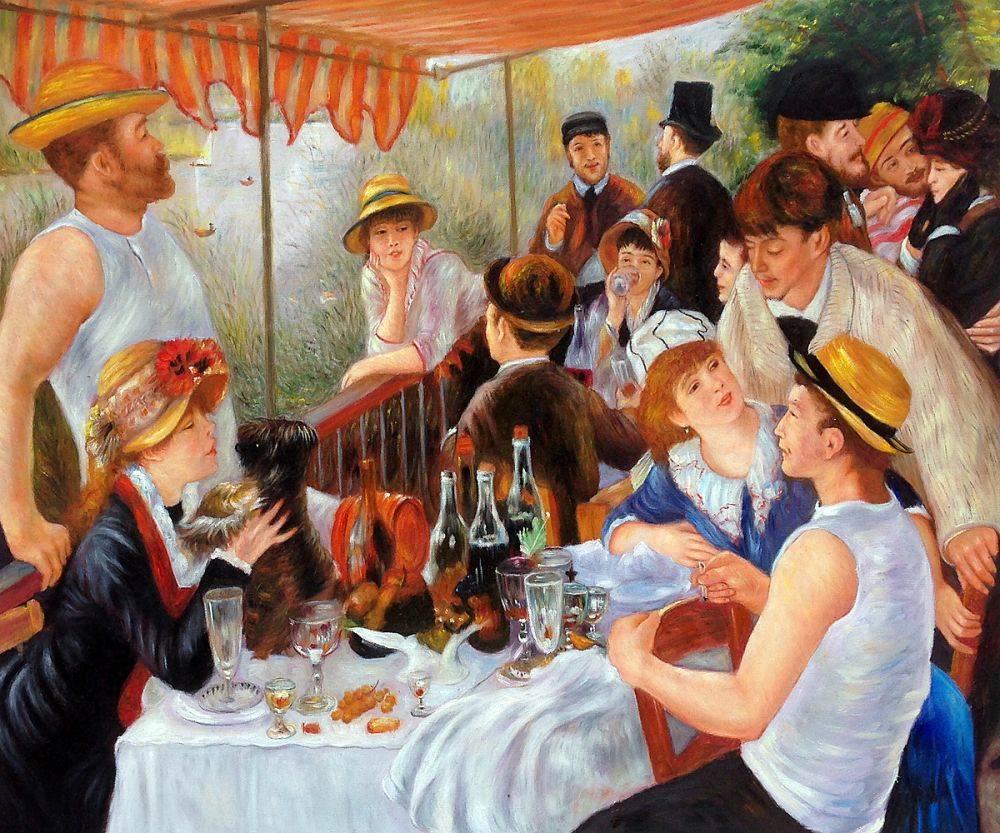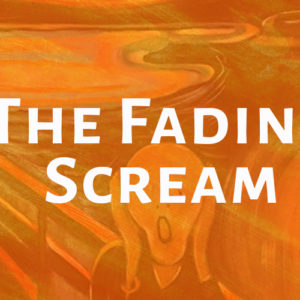Facebook stories
Top ‘Liked’ art posts from facebook November 21 2011
 The following is a list of the top posts of the week that we’ve shared with our facebook friends on the overstockArt.com facebook page. We try and make our facebook posts informative and engaging as we love to hear what our fellow art lovin’ friends have to say about particular artists and their art. So if you have a moment, check out the overstockArt.com facebook page and share your passion for art and wall decor with us!
The following is a list of the top posts of the week that we’ve shared with our facebook friends on the overstockArt.com facebook page. We try and make our facebook posts informative and engaging as we love to hear what our fellow art lovin’ friends have to say about particular artists and their art. So if you have a moment, check out the overstockArt.com facebook page and share your passion for art and wall decor with us!
 Like the majority of artists as revered as Gustav Klimt, he showed artistic promise from an extremely young age. And, as soon as his professional training began at the School of Arts and Crafts in Vienna at age fourteen, Klimt learned every technique under the sun – painting, drawing, sculpture, mural, fresco, mosaic, etc. He became confident enough in his own developed style that his work became quite sought after. Many esteemed commissions came his way.
Like the majority of artists as revered as Gustav Klimt, he showed artistic promise from an extremely young age. And, as soon as his professional training began at the School of Arts and Crafts in Vienna at age fourteen, Klimt learned every technique under the sun – painting, drawing, sculpture, mural, fresco, mosaic, etc. He became confident enough in his own developed style that his work became quite sought after. Many esteemed commissions came his way.
As his determination increased some of his work received critical opposition. Rather than fold under the criticism, Klimt forged ahead as an artistic rebel for several years. But, his talent was so undeniable that society couldn’t help but embrace his work. From erotic decorative panels sparkling with gold, to demure and hyperrealistic landscapes, Klimt continued to produce awe-inspiring pieces until the very end. He fell victim to a pneumonia epidemic and passed away in 1918.
 Edward Hopper (1882 – 1967), America’s foremost Realist was known for his melancholy depictions of alienation in everyday life. Eerily realistic, his stark urban and rural scenes are a desolate montage of deserted streets, half-empty theaters, isolated railroad tracks and dreary rooming houses.
Edward Hopper (1882 – 1967), America’s foremost Realist was known for his melancholy depictions of alienation in everyday life. Eerily realistic, his stark urban and rural scenes are a desolate montage of deserted streets, half-empty theaters, isolated railroad tracks and dreary rooming houses.
Portraying scenes in New York and New England, Hopper underscored their grim nature with sharp lines, large, impersonal shapes, flat expanses of color and hard angles.
In “Nighthawks.”, inspired by a restaurant in New York’s Greenwich Village, Hopper’s unflinching style depicts the sad beings in the diner as together, yet solitary and seperated as well from the viewer by the glass window of the diner.
 After many years of Paris life wearing him down and his health on a steady decline, Vincent Van Gogh sought refuge in Arles, France in 1888. He found this place and its residents to be “from another world”, yet the local landscape enchanted him. The way in which the light showcased the bright colors within the scenery there inspired him to create many paintings during his stay. Sadly, another darker side of his life would become synonymous with Arles. After the infamous, violent scuffle with Paul Gauguin (when van Gogh lost his ear), his mental and physical state worsened, eventually causing the townspeople to escort him out of Arles.
After many years of Paris life wearing him down and his health on a steady decline, Vincent Van Gogh sought refuge in Arles, France in 1888. He found this place and its residents to be “from another world”, yet the local landscape enchanted him. The way in which the light showcased the bright colors within the scenery there inspired him to create many paintings during his stay. Sadly, another darker side of his life would become synonymous with Arles. After the infamous, violent scuffle with Paul Gauguin (when van Gogh lost his ear), his mental and physical state worsened, eventually causing the townspeople to escort him out of Arles.
Now revered as a gifted and visionary artist, Vincent Van Gogh struggled with mental illness throughout his life. During his career, Van Gogh saw only one sale of his work. His last painting ever made “Wheat Field With Crows” was sold at auction for millions of dollars more than a century later.
 Today, in celebration of Claude Monet’s birthday, we bring you one of his more notable portraits of his mother painted in the Impressionist style.
Today, in celebration of Claude Monet’s birthday, we bring you one of his more notable portraits of his mother painted in the Impressionist style.
Monet (1840 – 1926) was born in Paris, and started drawing at an early age. His family moved to Le Havre when he was a child, and it was there that he started his artistic career—around the age of eleven he began selling charcoal caricatures on the street. Monet studied drawing and painting a bit more formally in the 1850s, under the tutelage of artist Eugène Boudin. Boudin taught him to use oil paints, techniques for painting “en plein air,” and encouraged Monet’s love of natural subjects.
Though Monet would ultimately make his name by painting outdoor scenes and landscapes, before he adopted the Impressionist style, he was very skilled at painting according to the standards of the Académie des Beaux Arts. The Académie preferred paintings with traditional themes like history, portraiture, and religion, and valued above all depictions that were as realistic as possible. In his twenties, Monet followed Académie strictures, and earned serious recognition with several portraits like the painting shown here, painted in 1875.
 Paul Klee’s personal style spanned an astounding range, blending primitive art, Surrealism, Cubism, and children’s art. Extremely inventive, Klee created imaginative works filled with wit and references to dreams, music, and poetry — and he’s one of the artists we suggest inviting home not just for the holidays, but to enjoy all year.
Paul Klee’s personal style spanned an astounding range, blending primitive art, Surrealism, Cubism, and children’s art. Extremely inventive, Klee created imaginative works filled with wit and references to dreams, music, and poetry — and he’s one of the artists we suggest inviting home not just for the holidays, but to enjoy all year.
Greet family and friends this holiday season with a home spruced up with art that expresses your personal style. Whether you decorate with the fruits of your own creative imagination or with special pieces by favorite artists (or a combination of the two), the holidays are a wonderful time to celebrate home as where the art is.
 A master of Primitivism, Paul Gauguin once said that “art is either plagiarism or revolution” – on which side of that spectrum would you place Gauguin?
A master of Primitivism, Paul Gauguin once said that “art is either plagiarism or revolution” – on which side of that spectrum would you place Gauguin?
Born in Paris as Eugène Henri Paul Gauguin (1848 – 1903), he spent his early years living in both France and Peru (where his mother’s family was from). One of his earliest childhood memories was of his mother dressed in the traditional costume of Lima, and it is thought that her traditional native garb influenced his later move toward Primitivism.
Gauguin was a stockbroker until the age of 40, but for decades he developed his artistic skills by painting in his free time. He was friends with Camille Pissarro and Paul Cézanne, and flirted with Impressionism before practicing in other styles. Gauguin’s work evolved towards Cloisonnism (characterized by flat areas of color and bold outlines), and he used this aesthetic when depicting the people of French Polynesia, where he lived in the 1890s.
Gauguin deemed European civilization “artificial and conventional,” and was drawn to the simplicity of the primitive Polynesian lifestyle, which is now immortalized in his many paintings and sculptures of the natives.
 “I’ve never believed in God, but I believe in Picasso” – Diego Rivera
“I’ve never believed in God, but I believe in Picasso” – Diego Rivera
Diego Rivera (1886 – 1957) was a painter who wore many hats–muralist, communist, proponent of native Mexican tropes, and husband to Frida Kahlo. He was born in Guanajuato to a well-to-do family, and began drawing when he was only three. A muralist from the very beginning, Rivera’s parents caught him drawing on the walls at a young age; rather than punish him, they covered the walls with chalkboards and canvasses to nurture his artistic talents. As a teenager, Rivera studied art in Europe, and tried out both Cubist and Post-Impressionist aesthetics, began developing his own native style upon returning to Mexico in the 1920s.
During that decade, the Mexican government sponsored a mural program for public buildings, which was an auspicious development for Rivera. He was one of several muralists to rise to prominence during this time, and it was during this period that he developed his signature native style-large, simplified figures in bold colors, with a clear Aztec influence. His works focused largely on Mexican society and the 1910 Mexican Revolution, and were tinged with the ideologies of the country’s communist party (which he joined in 1922).
This is it! We hope you will continue to enjoy reading our ArtCorner blog and come join us on facebook for more artistic discussions!
